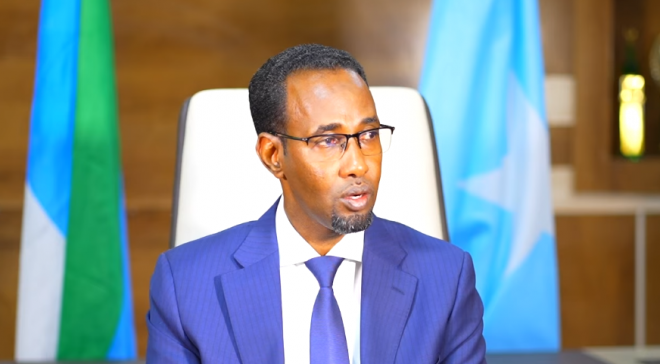Al-Shabaab Advances Toward Mogadishu Amid Military Withdrawals
MOGADISHU, Somalia — The militant group al-Shabaab has launched a sweeping offensive across southern and central Somalia, reclaiming key towns and reversing years of territorial losses, according to a new analysis from The Soufan Center, a U.S.-based foreign policy think tank specializing in global security.
The most recent gains occurred on July 20, when al-Shabaab fighters recaptured the towns of Sabiid and Anole in Lower Shabelle, southwest of Mogadishu. The advance followed the withdrawal of Ugandan and Somali government forces after a string of deadly suicide bombings targeted their positions, leaving at least 20 Ugandan peacekeepers dead. The African Union Support and Stabilization Mission (AUSSOM) has yet to comment in detail on the retreat, but officials acknowledged the mounting pressure from sustained attacks by the al-Qaeda-linked insurgents.
The Soufan Center report describes a broader campaign by al-Shabaab aimed at “encircling Mogadishu” and isolating the Federal Government of Somalia (FGS). The think tank draws attention to a March 2025 assassination attempt on President Hassan Sheikh Mohamud inside the capital as a stark example of the group’s growing operational reach.
Since launching its “Shabelle Offensive” in April, al-Shabaab has made rapid territorial gains across Hirshabelle and Galmudug. The group seized Moqokori, Tardo, and Gumare in July, reportedly without resistance from Somali forces or allied clan militias. Fighters were seen engaging openly with local residents and erecting checkpoints, signaling an effort to re-establish governance and taxation mechanisms.
“These advances show not just military capability, but a deliberate attempt to restore al-Shabaab’s administrative footprint,” The Soufan Center noted.
The militant group now maintains control over a triangular area encompassing Moqokori, Tardo, and Buq-Aqable, a stronghold that threatens key supply lines to Bulobarde and Jalalaqsi, towns defended by Djiboutian forces. The Federal Government’s countermeasures have been limited. On July 13, Somalia’s National Intelligence and Security Agency (NISA) announced an airstrike near Buq-Able that allegedly killed seven militants—one of the few retaliatory actions in recent weeks.
The U.S., a key partner in Somalia’s counterterrorism efforts, has concentrated its 2025 operations on Islamic State (IS) cells in Puntland. ACLED data indicates over 30 U.S. strikes in northern Somalia this year, compared to fewer than 20 against al-Shabaab, despite the group’s larger footprint and territorial momentum. Analysts suggest this strategic imbalance has allowed al-Shabaab to regroup and expand.
Meanwhile, political divisions within Somalia continue to hamper security coordination. The May 2025 National Consultative Conference was boycotted by Puntland and Jubaland—two regions with substantial military capacity—over disputes with Villa Somalia. The unilateral recognition of SSC-Khaatumo as a federal member state, without broader consensus, further deepened mistrust.
“The absence of a united national front has created a vacuum al-Shabaab is exploiting,” the report warns.
While the FGS claims to have recaptured over 200 locations in previous years with U.S. and Turkish support, recent losses reveal the fragility of those gains. The Soufan Center concludes that unless Somali authorities and international partners recalibrate their security strategies, al-Shabaab will remain well-positioned to challenge state authority in the months ahead.
Garowe Online has sourced this report from an analysis published by The Soufan Center, an independent organization specializing in foreign policy and security.








